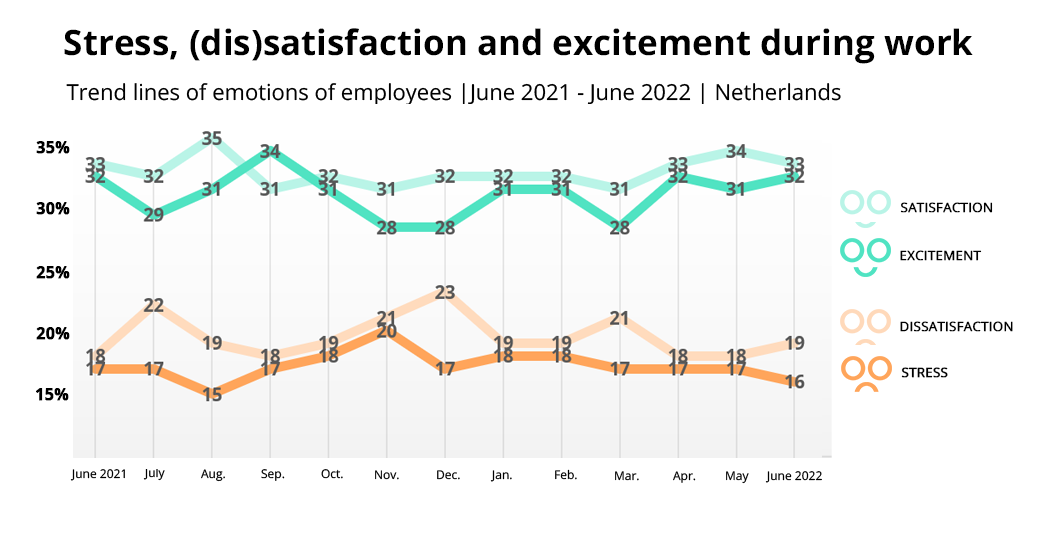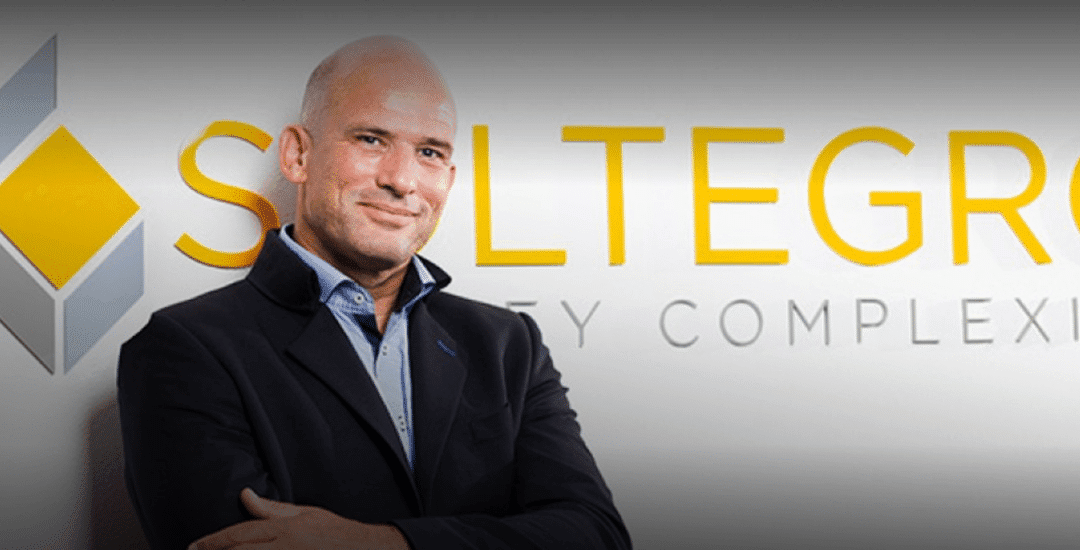More satisfied and happy employees? Start to measure employee satisfaction
Dissatisfied employees can have a huge impact on the atmosphere at work and overall business performance. They also damage the employer brand of the organization. How do you monitor, maintain or increase the level of employee satisfaction? With 2DAYSMOOD you measure quickly and easily, more than just satisfaction, but the experience of happiness during work.
Develop organizational awareness with continuous feedback
Support HR decisions with data and measurable ROI
Improve workplace happiness with cost-effective, targeted solutions
Want to see this with your own eyes?


Happy team members: the foundation of a healthy company culture and business success
Understanding what excites your team members is essential. This transforms them into driven, creative, and efficient employees with a strong connection to your organization.
What is really happening on the work floor? Listen to your employees and discover their motivations for greater workplace happiness with our 15-second employee satisfaction survey.
Avoid boredom, work stress, and burnout
At the start of their career, employees do not think they will end up in a negative working atmosphere, boredom and a bore-out, or long-term stress and burnout. Nevertheless, around one million people now run the risk of burnout and other work-related psychological complaints. And that’s pretty strange. Your job should not make you sick or sad.
Organizations that are known for their strong employer brand invest in employee happiness. They help their employees to prevent work-related complaints, by listening well and responding to employees' ambitions, personal drivers and moods during work.

“Our eNPS has increased from 16 to 35. I consider this a huge compliment because it means more and more of our employees are becoming engaged ambassadors for Soltegro. By regularly calculating our eNPS, we gain actionable insights for improvement!”

Hans de Man
CEO, Soltegro
Ontdek hoe ons platform helpt om de medewerkerstevredenheid te verbeteren
Ask the right question at the right time
Lightning-fast pulse surveys that provide a wealth of information in just 15 seconds, or thorough, pre-assembled questionnaires.
Always access current data and spot trends
Stop waiting for external analyses; get immediate access to insights as soon as they are relevant.
From data to action, make targeted progress
Get help deciphering the data, receive smart advice, and map out action plans.

Insight at various team levels with HR dashboards and benchmarks

Easily integrates into the existing ecosystem

Unlock superior HR insights with integrated KPIs
Safety, privacy, and expertise are our top priorities
ISO-certified and compliant with the latest cybersecurity standards
Every response we receive is handled with strict confidentiality and anonymity
Based on science in collaboration with Utrecht University
De ervaringen van onze gewaardeerde klanten

“What appeals to us about 2DAYSMOOD is the ability to perform both horizontal and vertical analyses of the data. Additionally, you have a lot of freedom in designing the surveys. From organization-wide surveys to team-level measurements."

Boudewijn Trompert
Senior Recruitment Marketer, Facilicom

"What we see, for example, is that internal changes are immediately reflected in the data. This is very helpful, of course, as it makes it easy to start the conversation."

Lale Izmirli
People Operations Professional, CarCollect

We are happy to help you with any challenge by providing advice on topics such as workplace happiness, satisfaction measurement methods, and custom solutions.
Martin Meulenkamp
Employee Happiness Expert
Free Consultation
Please fill out the form as completely as possible for a personalized consultation.
